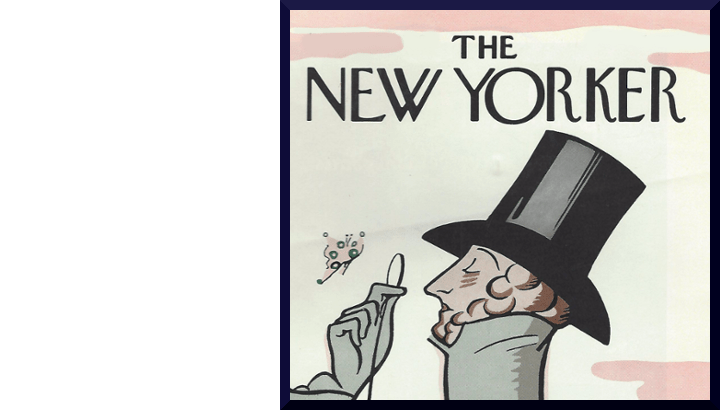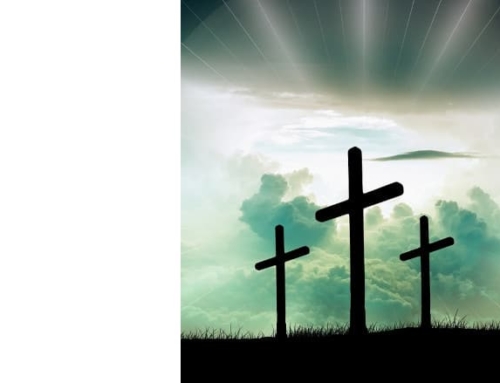Catholic League president Bill Donohue comments on the latest attack on the Catholic Church by James Carroll:
He needs to let it go, but he can’t. Hating the Catholic Church is not merely a pastime for James Carroll, it is his life. He quit the priesthood many moons ago, but the divorce has been messy. Catholicism continues to haunt him.
A quarter century ago, in 1997, Carroll wrote a piece for the New Yorker, “The Silence,” that tore into the doctrine of papal infallibility, the teaching that Jesus is the means to salvation, and the role of Pope Pius XII during the Holocaust. Now he’s back—choosing the New Yorker as his home again—claiming we have too many Catholics on the Supreme Court, among other things.
Carroll claims that “five Catholic Justices on the Supreme Court” are “undermining not only basic elements of American democracy, such as the ‘wall of separation,’ but also the essential spirit of Catholicism’s great twentieth-century renewal,” which, he makes plain, is the Second Vatican Council. It’s not easy to get so much wrong in the matter of so few words.
Not sure whether Carroll considers Sonia Sotomayor to be a Catholic—she is one of the six Catholics on the high court—or whether, in his mind, her support for abortion rights makes her a role model for all Catholics. No matter, he mentions that Neil Gorsuch, who is an Episcopalian, was raised and educated as a Catholic, making him almost as bad as John Roberts, Samuel Alito, Clarence Thomas, Brett Kavanaugh and Amy Coney Barrett.
Carroll does not cite a single instance which would support his unfounded conclusion that these Catholics don’t believe in what he considers to be the heart of the First Amendment. If he knew anything about constitutional law, he would know that the First Amendment provisions regarding the free exercise of religion, as well as the so-called establishment clause, were written by Madison to safeguard religious liberty from state encroachment. The “wall” metaphor is nowhere mentioned.
Carroll’s ignorance of jurisprudence is telling. Unlike legislators, who are entitled to allow their own views, whether they be religious or secular, to inform their pronouncements on the law, judges have a different charge: their job is to interpret the law as crafted by those who wrote it.
Thus it is mindboggling for Carroll to criticize the Catholic Justices for their lack of fidelity to Vatican II—that would be the furthest thing from their mind. They have no obligation, one way or the other, to honor or trash it.
Carroll has a long history of attacking Catholic teaching on birth control and abortion, casting these moral strictures as being anti-women. Too bad he doesn’t tell us how birth control liberated women—it sure liberated men—or how abortion is good for women.
He is most off-base with his criticisms of abortion. He argues that the Church’s teaching against abortion began in 1869 when Pope Pius IX located ensoulment at conception. He is wrong.
“Since the first century the Church has affirmed the moral evil of every procured abortion. This teaching has not changed and remains unchangeable.” The Catholic Catechism’s statement is based on historical fact.
The Didache, the first catechism, declared in the first century that “You shall not murder…. You shall not procure abortion, not destroy a newborn child.” In 197, Tertullian wrote, “To prevent birth is anticipated murder; it makes little difference whether one destroys a life already born or does away with it in its nascent stage.”
Carroll’s Catholic heroes are Joe Biden and Nancy Pelosi. His only complaint is that they do not explicitly reject what science and the Catholic Church know to be true, namely that human life begins at conception. Nonetheless he sees in them a harbinger of the Catholic Church’s future.
Carroll never learns. The Catholic Church he has long envisioned has never taken root.
On October 15, 1990, he wrote in People magazine that the radical Catholic group, Call to Action, was attempting to get 100,000 signatures demanding that the Church change its teachings on sexuality, adopting the dissident agenda. “I’ll be surprised if they don’t make it,” he said.
A year later, on November 11, 1991, the New York Times ran a story on what happened. “The 100,000 signatures,” the paper said, “have proven hard to obtain.” It concluded, “To date, the group has received about 21,000.”
It’s not easy being James Carroll. Too bad he just can’t give it up.







